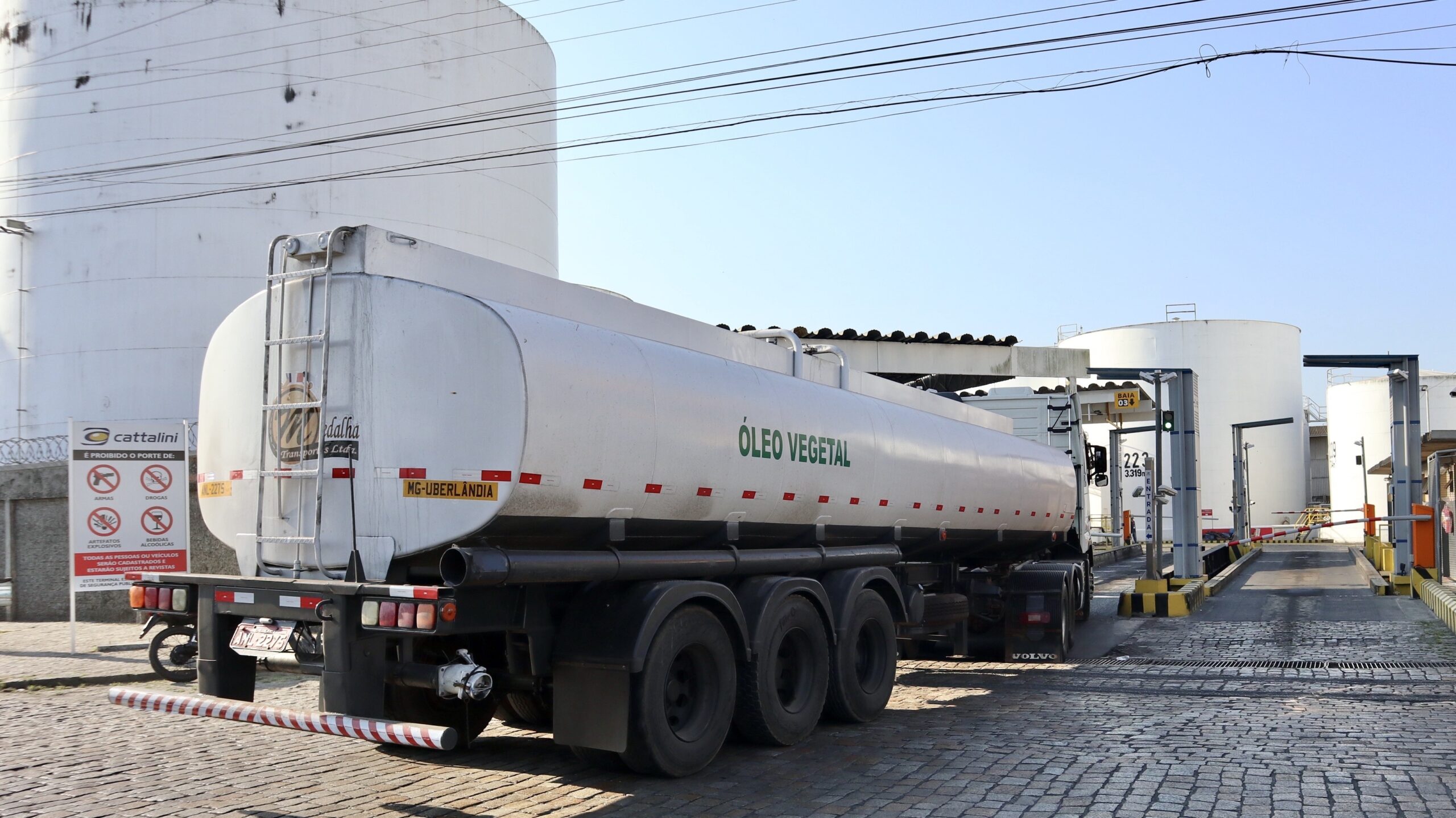
Soy complex exports via the Port of Paranaguá grew 25% in Q1
Apr, 28, 2022 Posted by Gabriel MalheirosWeek 202218
Soy complex exports via the Port of Paranaguá are on the rise. In the first three months of this year, 4,974,237 tonnes of soybeans, soy oil, and bran were shipped via the Paraná-state port. This volume is almost 25% higher than the 3,987,702 tonnes shipped in Q1 2021.
The most significant increase occurred with soybean oil exports, which grew 57.3%. Approximately 327,975 tonnes were sent abroad in the first three months of 2022 compared to 208,529 tonnes last year.
Notably, while soy complex exports rise at Paranaguá, there are no records of these products being imported during the period. In the first quarter of 2021, Brazil imported almost 45,500 tonnes of soybean oil.
“It seems that, despite the crop failure, a good part of domestic production is being used to serve the domestic market,” said the CEO of Portos do Paraná, Luiz Fernando Garcia.
Solid bulk – the volume of soybean bran exported in the last quarter amounted to 1,342,739 tonnes, 38.4% higher than the 970,140 tonnes registered last year.
“Paraná has one of the major soybean crushing hubs in Brazil. In fact, the trend is for the country to import soybeans and export bran, which has greater added value”, says Garcia.
The increase was 17.6% for soybean exports. From January to March 2022, 3,303,523 tonnes of the oilseed were shipped through Paranaguá. In the same period, in 2021, this number was only 2,809,033 tonnes.
Soybeans – According to the State Secretariat of Agriculture and Supply (Seab), the volume of soybeans harvest ranges from 11.6 to 12 million tonnes. The last survey pointed to a drop of almost 45%.
According to economist Marcelo Garrido from the Department of Rural Economy (Deral) at Seab, the soybeans exported via the Port of Paranaguá in the initial months of the year are primarily from the previous crop with just a small amount from the current harvest.
“The average of soybeans exported in the last three years in Paraná was about 59% of crop yields,” says him. The remainder stays for domestic consumption.
Garrido notes that the high level of exports reported by the state’s terminals reflects the increased global demand for food.
“In recent years, global consumption has increased, which has resulted in increased exports from food-producing countries.”
Another factor that has favored Brazil in recent years, according to him, are exchange rates, which in general have benefited Brazilian products in the international market.
With fewer products available and rising local demand, the Deral economist predicts that Paraná will lower export volumes this month and in the coming months. “Because we had a smaller crop this year and domestic demand is high, more imports are likely to happen,” Garrido says.
-
Grains
Oct, 24, 2022
0
Brazil soybean shipments catch up to last year’s October volume
-
Grains
Mar, 09, 2022
0
National Fertilizer Plan foresees a drastic reduction in imports
-
Blog News (ENG)
Sep, 25, 2023
0
Vietnam’s PM visit to Brazil: focus on trade diversification
-
Ports and Terminals
Aug, 31, 2023
0
Brazil’s likely new Ports minister pledges anti-privatization stance for Santos Port


